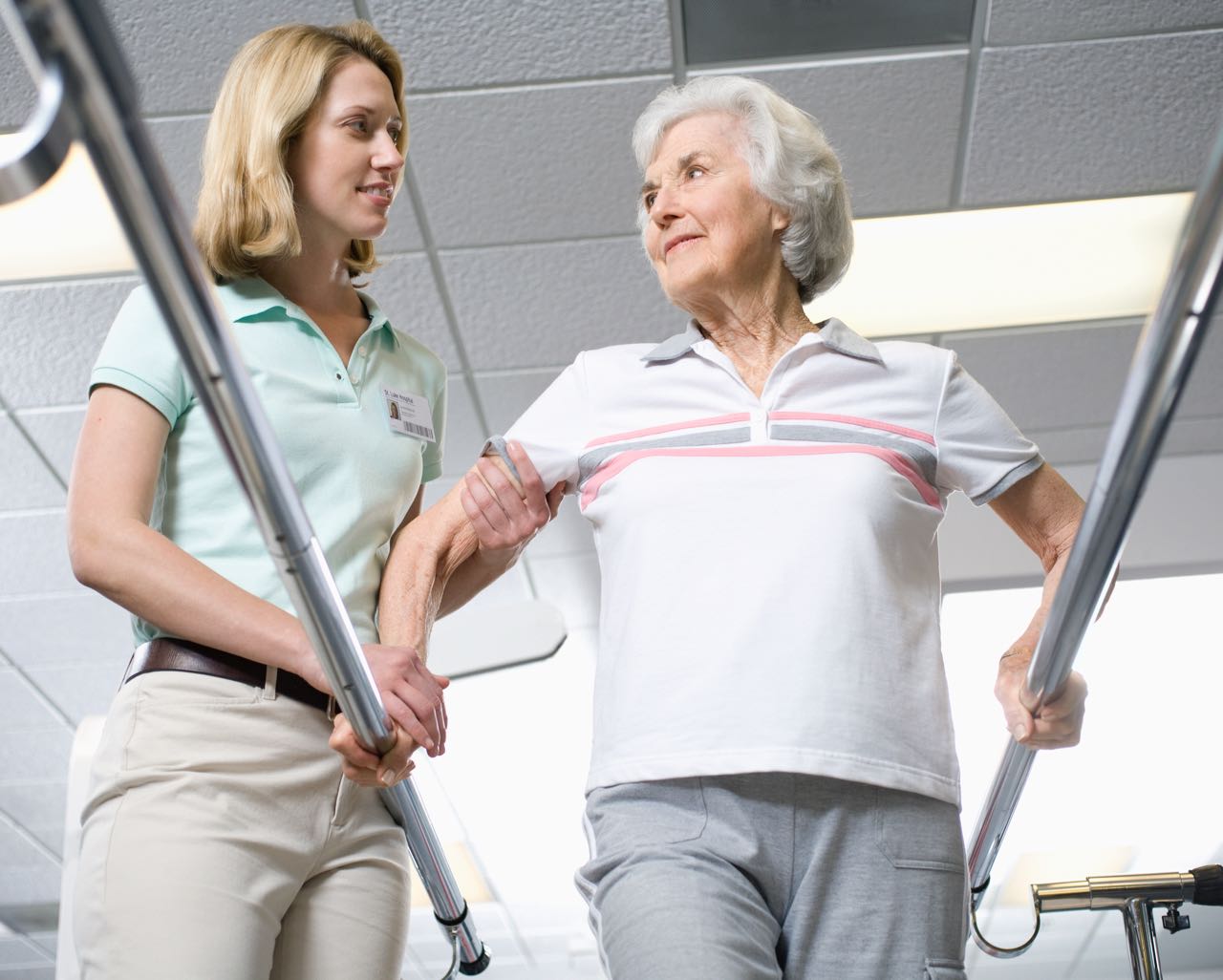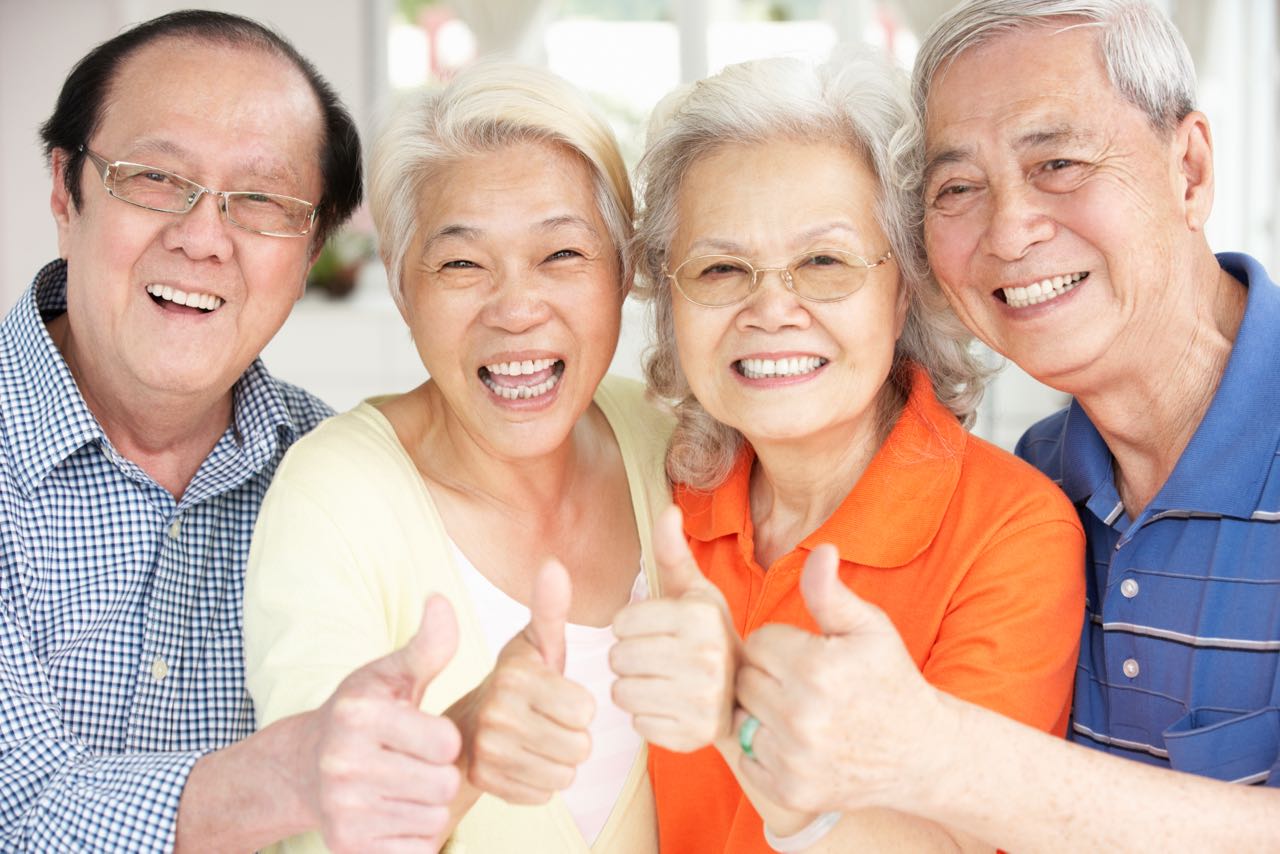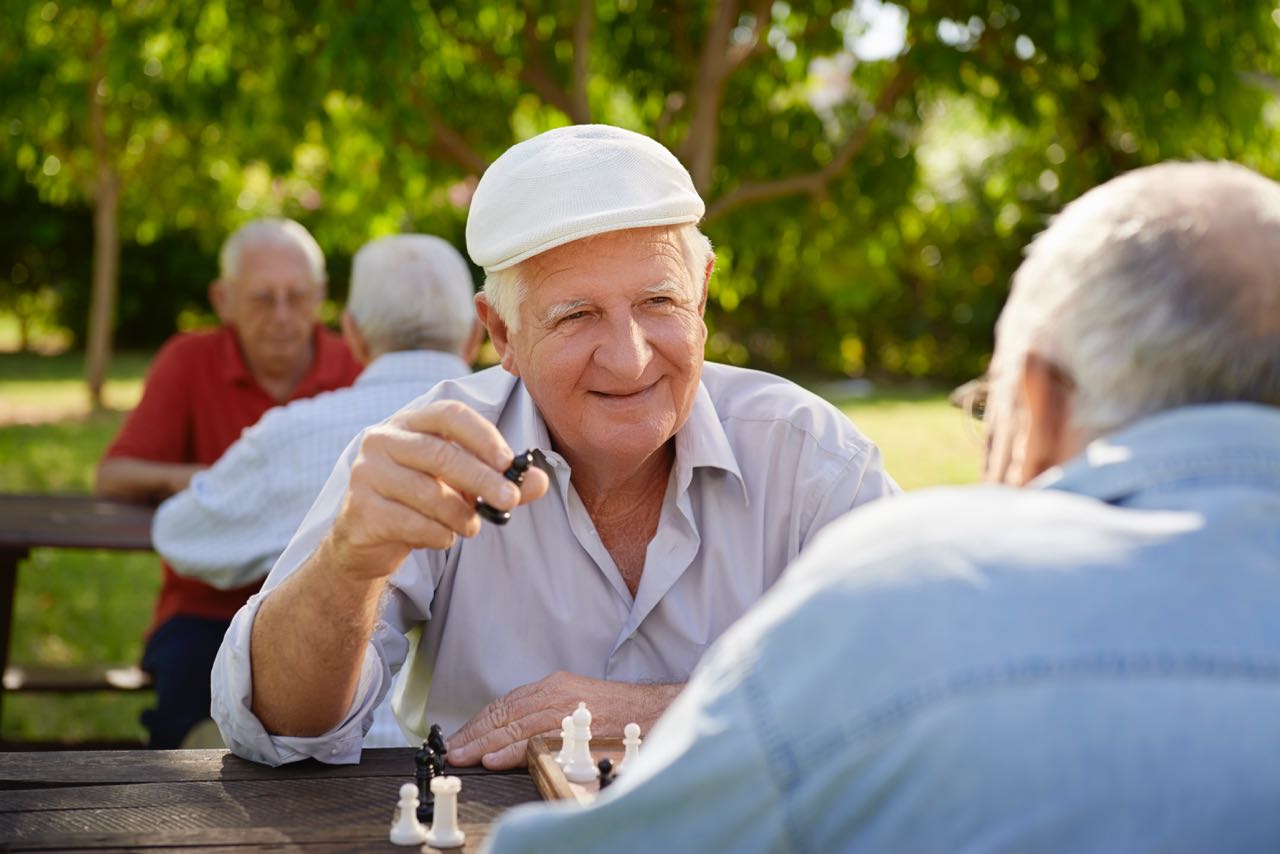As we age falling becomes more of a concern. Falls can result in serious injuries and impact our self-confidence. In parts 1, 2 and 3 we will be talking about how we can limit our risk of falling.
The best place to start is to define what a fall is. Slips and trips are all falls, the World Health Organisation defines a fall as: an event which results in a person coming to rest inadvertently on the ground, or floor, or other lower level.
Falls can result from internal and external factors. Internal factors include vision changes, illness, medications, chronic conditions, muscle weakness, gait and balance issues and previous falls. External factors include, slippery surfaces, dim lighting, pets, extension cords, hoses, in appropriate aids and footwear. There are also things we can do to improve the outcome if we do fall.
In this news item, part 1 we will discuss the internal factors that contribute to falling.
Internal Factors
Medications can affect us in many ways. The number of medications we take can increase our risk of falling, as will some of the medications we take, also missing medications can increase our risk of falling.
So how do we manage this? Simply we should make sure we are reviewed by our doctor regularly to ensure our medications are working effectively. Your doctor can also refer you to a Pharmacist for a Home Medication Review.
You need to ensure that you understand your medications and their possible side effects and are taking them as prescribed. If you find out that you have missed taking your medications, there are aids that your pharmacist or doctor can discuss with you. Do not take medication that have been prescribed for another person.
When you are walking about your home and community ensure you are wearing glasses that allow you to see your environment clearly. Multifocal and bifocal glasses can sometime cause us to not see obstacles. A review by your optometrist is essential if you find you are not seeing obstacles.
If you are experiencing changes in muscle strength, balance or have gait issues a review by the physiotherapist can be worthwhile. A physiotherapist can assess your muscle strength, balance and gait and then commence exercises to reduce the effects of these changes. If necessary, the physiotherapist can prescribe an appropriate walking aid. Similarly, if these issues are affecting your feet a podiatrist could assist you.
Many health conditions can increase your risk of falling. Diabetes, Parkinson’s Disease, low blood pressure, inner ear conditions and arthritis could all increase your chance of falling. Making sure that your health conditions are well managed by regular reviews by your GP is very important. Also, a review by a geriatrician may be warranted.
Continence issues may also be a concern, rushing to the toilet or going to the toilet frequently at night can also increase your risk of falling. Seeing a continence advisor could assist you manage these issues.
In part 2 we will be discussing the external factors that can contribute to falling.





